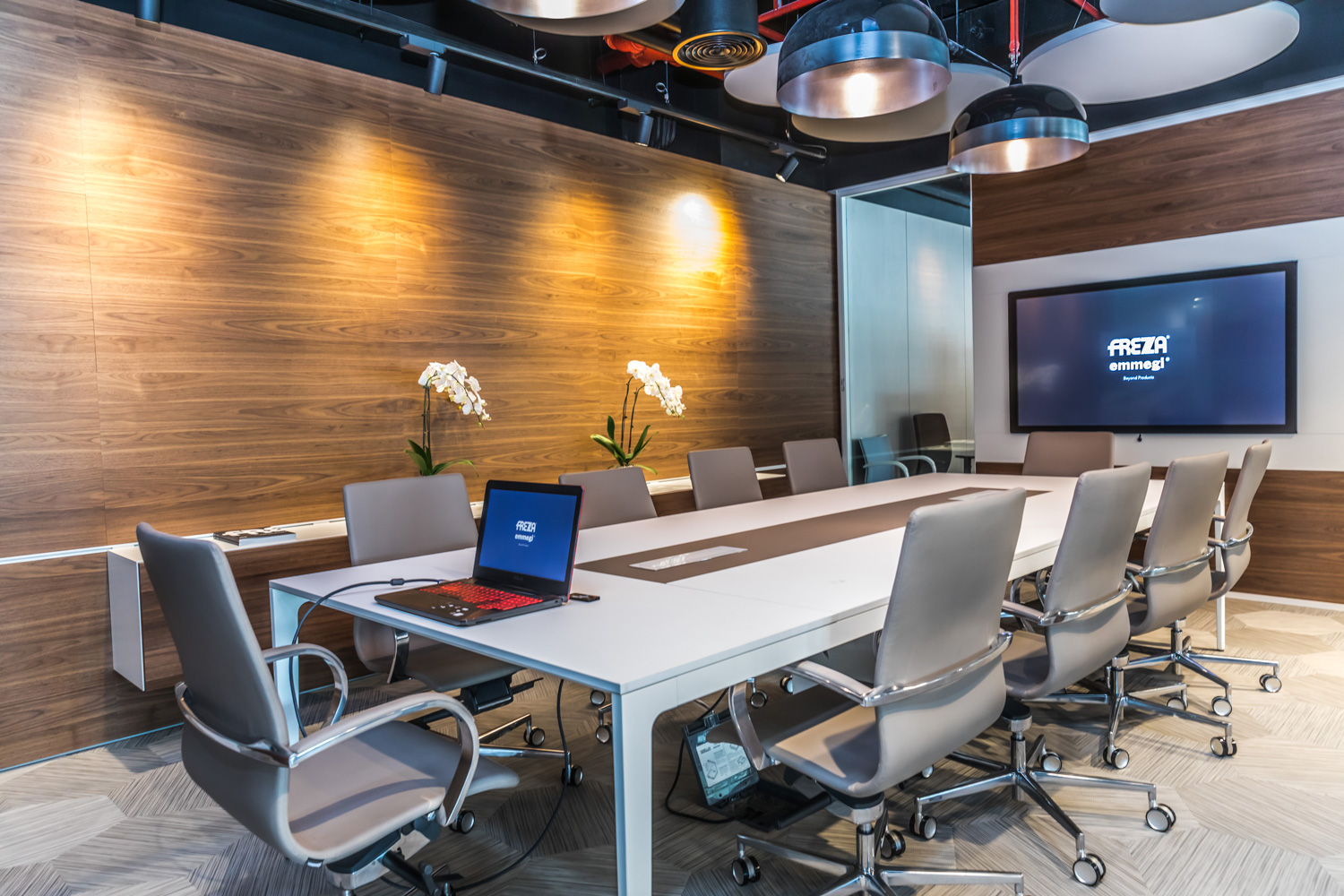The lockdown period has brought even those companies still deeply-rooted in the past up to speed with technology. Remote working, virtual meetings and digital tools have become part of daily life for most workers.
What will this technological leap forward leave in its wake?
Probably a more positive attitude towards agile working (note: smart working and remote working are not synonyms – find out more here), but that’s not all. We can expect a period in which diffidence towards video conferencing will gradually diminish.
We inevitably ask which is better: a traditional face-to-face meeting or its modern virtual alternative? The answer is always the same. It depends.
Meet face-to-face to communicate better
Traditional meetings have always existed and are unlikely to be replaced.
Sitting face-to-face around a table, maybe with a cup of coffee to create the right atmosphere, has advantages that virtual meetings cannot currently compete with.
More fluent, personal communication, consisting not only of words, but also facial expressions, gestures and tone of voice. Non-verbal language avoids misunderstandings and is undeniably an advantage for those in the fields of commerce, law or communications.
Being in the same room avoids time-wasting, reduces distractions (how many times have you checked your emails or phone during a video conference?) and pauses caused by a poor connection.
Last, but not least, there is privacy: those listening to the conversation are physically present, without any unwanted external intrusions.
Save time and money with virtual meetings
Organising a meeting always involves moving: at best, from one workstation to another, and at worst, travelling several hundred kilometres. Virtual meetings eliminate distance, thus expanding business opportunities for a company.
What does this mean? Major savings on costs and lower environmental impact due to travel.
Flexible planning also increases in the same way because you only need two elements to organise a virtual meeting, availability and connection.
Be careful about the number of participants though. It’s better to stick with smaller groups to avoid confusion during video conferences and allow everyone to have their say.

Find the right balance, based on your requirement
The previous paragraphs clearly show that there is no overall winner here. You have to assess the requirements for each individual meeting and choose the meeting type as a result.
A virtual meeting may be the smartest choice for routine meetings because there is less moving around and less time wasted.
A face-to-face meeting is instead the best choice when you need more creative input, so everyone gets a chance to contribute without too much effort.

Hybrid solutions are gaining in popularity. When work groups from different sites meet, physical encounters virtual, putting everyone in touch with great ease.
Meeting rooms cannot therefore ignore the rise of the digital era but must integrate with it. Powered workstations, large screens and a good working connection are essential for the meeting to be even more effective.

